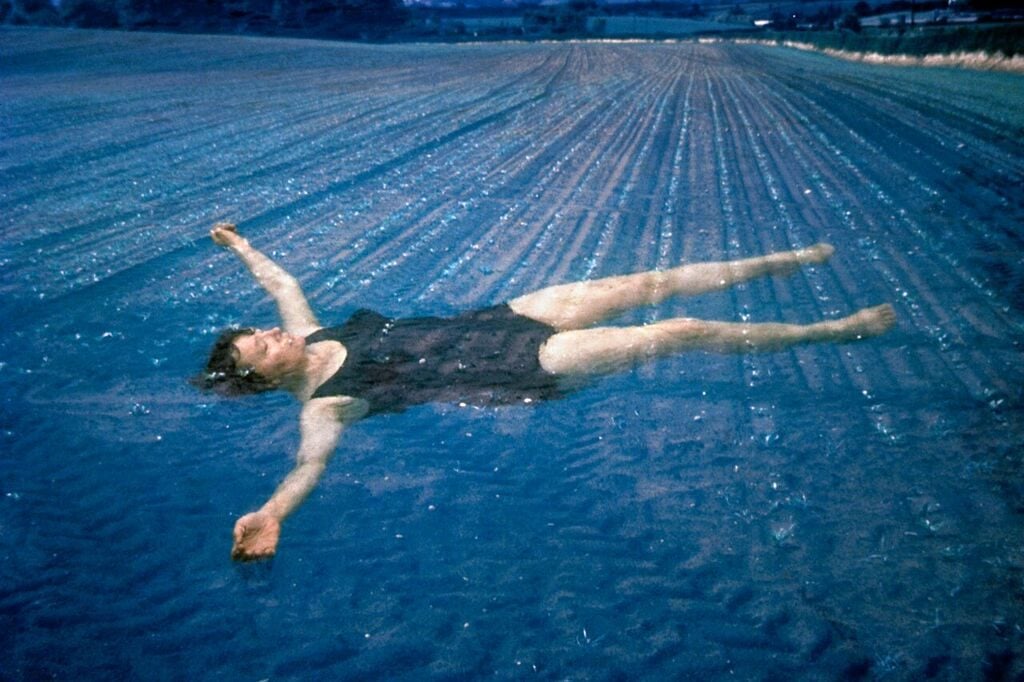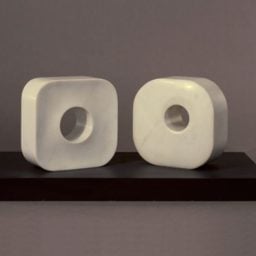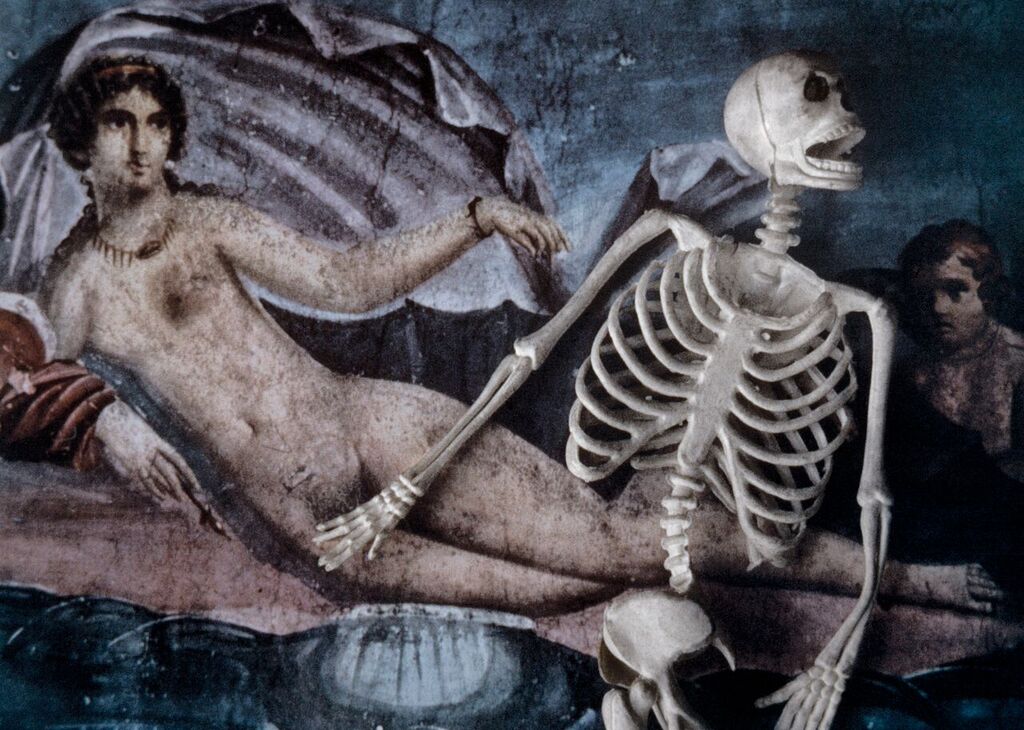
Jo Spence The Final Project, (1991-1992). Collaboration with Terry Dennett
Photo: Copyright the Estate of Jo Spence. Courtesy Richard Saltoun Gallery.
The rounded body of a middle-aged woman in a black swimsuit appears to float within the wavy lines of a ploughed English field. On a wall to her left is a large print of a cheap rubber skull, still packaged, with the word “Novelty” boldly evident on the label. On her right, tucked within a cluster of smaller prints and a manifesto of sorts, is an informal triptych showing the same woman, now in a robe, her body deflated and her sunken face exhibiting an enigmatic amalgam of quick intelligence and exhausted resignation.
This triptych is lifted from a sequence of self-portraits made by Jo Spence from her hospital bed as she succumbed to the destructive impact of leukemia. Sequentially, they are the culminating images of the artist’s Final Project (1991–92), an examination of the dying body and iconographies of death undertaken in the year or so following her diagnosis, and it is a testament to curatorial sensitivity that they are situated so gently and without fanfare. Echoing the spiky domestic bathos of an adjacent photograph showing a bottle of washing up liquid tucked into the turned earth of a recently dug grave, their positioning resists the dramatic or sentimental conventions of death in European art and fiction, and instead draws it back into the fold of the everyday.
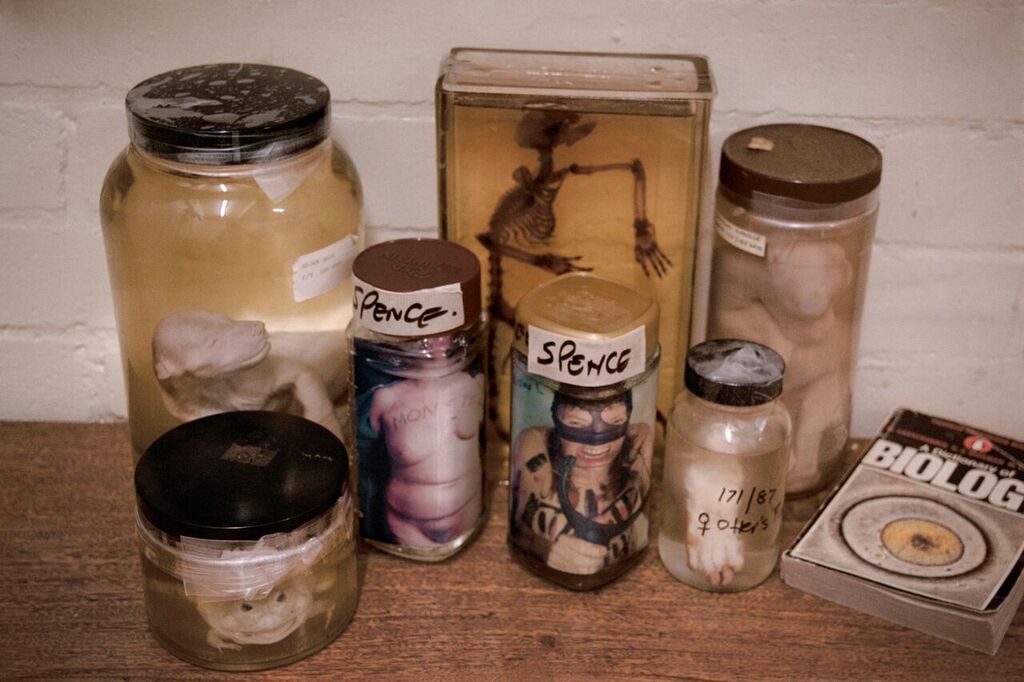
Jo Spence The Final Project, (1991-1992). Collaboration with Terry Dennett
Photo: Copyright the Estate of Jo Spence. Courtesy Richard Saltoun Gallery.
Presented in crisp, vividly colored new prints, this exhibition of works from The Final Project also denies nostalgia: some 25 years after these images were made, Spence seems fiercely present. Even at the time of their production this “presence” was an illusion. Her energy diminished by the attack of disease, Spence was gradually forced to abandon her more active photographic practices.
In place of self-portraits, she constructed darkly humorous still life images using a mask and death-related ephemera. She also created experimental “photofantasy” pictures from material in her archive, sandwiching existing transparencies together to show her face fusing with a Mexican death’s head, or crumbling into tree bark.
Since her earliest post-studio work of the early 1970s, Spence had investigated issues of representation, both of women and of aspects of human experience that were somewhat taboo or concealed from mainstream image culture. Often working collaboratively, with groups including the Hackney Flashers, she deployed considerable wit and some anger in illustrating the invisible roles women played in society, the struggles faced by working mothers, and the gulf between accepted and unacceptable images of the female body.
A feminist and a socialist, she was unsparing in the examination and dissection of her personal history and identity, and used her own body —full and gravity-drawn—as a prop. Spence’s diagnosis with breast cancer in 1982 shifted the focus of her work onto the objectification of the diseased body by the medical profession and her attempts to regain “ownership” of her corporeal self pre- and post surgery.
Having stabilized her condition naturopathically, the diagnosis with leukemia eight years later brought a different complexion and greater urgency to her engagement with the representation of death and illness.

Jo Spence The Final Project, (1991-1992). Collaboration with Terry Dennett
Photo: Copyright the Estate of Jo Spence. Courtesy Richard Saltoun Gallery.
It is hard not to respond to this exhibition, and the wider Final Project with a raw surge of emotion: Spence’s work was unapologetically personal as well as political after all. But viewed in the context of her wider output it also casts interesting complexity over areas of recent debate relating to female artists and their representation within the art world.
Bound together with her identity as an artist, Spence’s identity as a feminist engaged her at a neighborhood level with issues concerning women’s rights and visibility. Many of her projects were realized collaboratively, including a notable body of work created with her (male) sometime partner Terry Dennett. (Since her death, Dennett has managed her archive, and promoted her work.)
Nearly 25 years after Spence’s death, the issue of women’s representation, in every sense, is still an active concern, even when apparently addressed head on. Be that the glossy Photoshop vision of female success presented by Annie Leibovitz’s touring “WOMEN: New Portraits,” or the current all-woman show at London’s Saatchi Gallery that garnered criticism for neglecting to find a theme beyond the gender of its participants.
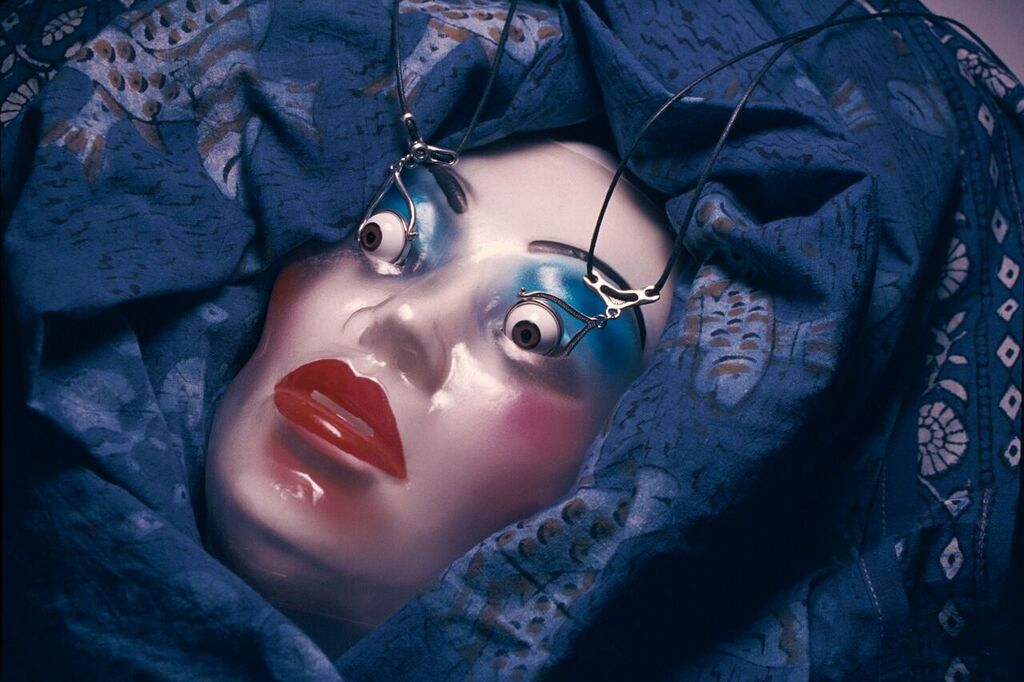
Jo Spence The Final Project, (1991-1992). Collaboration with Terry Dennett
Photo: Copyright the Estate of Jo Spence. Courtesy Richard Saltoun Gallery.
While The Final Project’s closest spiritual affinity within London’s current roster of exhibitions is instead perhaps to Beyond Beauty—a show that investigates death, gender and posthumous representation in ancient Egypt—Spence is no more “just” an artist that explores the subjects of death and disease than she is “just” a woman or “just” a feminist. Regarding Spence’s multifaceted, unruly and impolite corpus through the prism of The Final Project is a timely reminder of the dangers implicit in attempting neat categorization.
“Jo Spence: The Final Project,” Richard Saltoun Gallery, London, 11 February – 25 March
